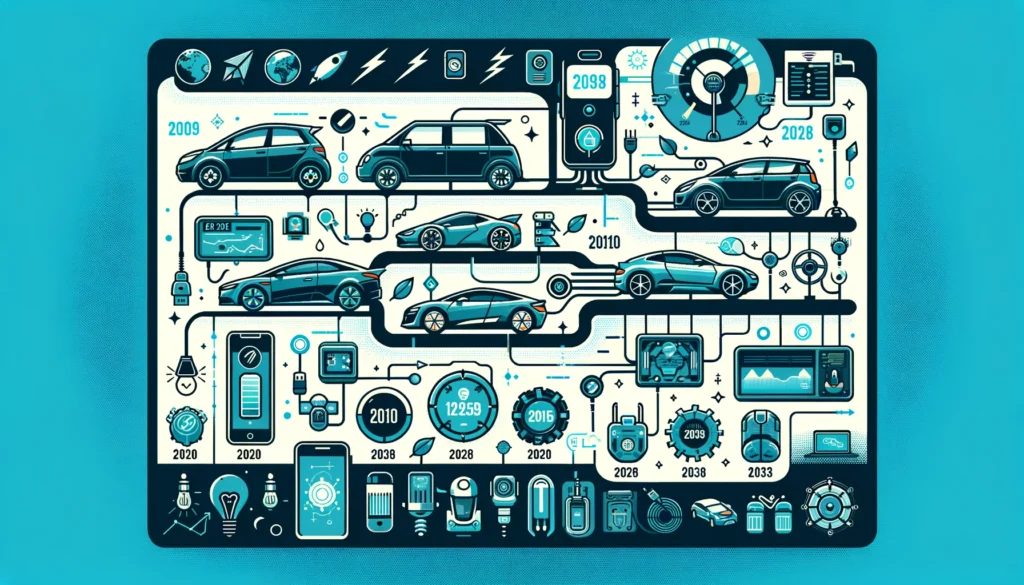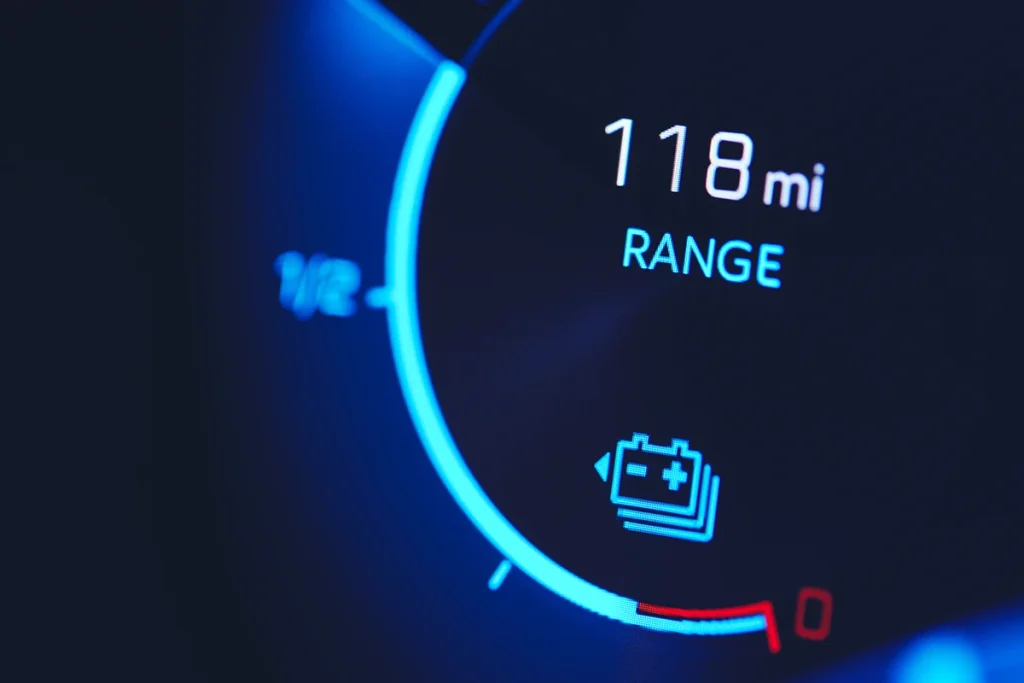Public Sentiment on Electric Vehicles
Electric vehicles (EVs) have transitioned from niche to mainstream over the last two decades, reflecting a significant shift in public sentiment. Initially, the concept of EVs faced skepticism and limited acceptance due to concerns over range, cost, and charging infrastructure. However, as environmental awareness has increased and technology has advanced, public perception has gradually become more positive. This article delves into the evolution of public sentiment towards electric vehicles, examining how it has changed over the past 15 years, the major factors influencing these changes, and projections for the future.
The Evolution of Public Sentiment Over the Last 15 Years
The last 15 years have been pivotal for the electric vehicle industry, with public sentiment evolving from curiosity and skepticism to enthusiasm and acceptance. In the early 2000s, electric vehicles were a rarity, seen as impractical and expensive. By the mid-2010s, advances in battery technology, increased environmental consciousness, and government incentives began to change the public’s perception. The launch of affordable and practical models by major manufacturers marked a turning point, making EVs a viable alternative for the average consumer.
Major Milestones Influencing Public Perception of EVs
Several key events and developments have significantly influenced public perception of electric vehicles:
- 2006: Tesla Motors unveils the Roadster, its first electric car, challenging perceptions of EV performance.
- 2010: The Nissan Leaf, one of the first mass-market electric vehicles, is released, highlighting the practicality of EVs for everyday use.
- 2012: Significant improvements in battery technology increase the range and decrease the cost of EVs.
- 2015: The Volkswagen emissions scandal raises environmental concerns, boosting interest in cleaner alternatives like electric vehicles.
- 2017: The announcement of several countries planning to ban the sale of new petrol and diesel cars in the future further shifts public interest towards EVs.
- 2020: EV sales surge globally, indicating growing consumer acceptance and preference for electric over traditional combustion engine vehicles.
Current Public Sentiment and Its Implications
Today, public sentiment towards electric vehicles is largely positive, driven by environmental concerns, the appeal of lower operating costs, and the increasing availability of charging infrastructure. Government policies and incentives in many countries have also played a crucial role in encouraging the adoption of EVs. However, challenges such as range anxiety and upfront costs still exist, though they are rapidly being addressed through technological advancements and policy measures.
Future Projections for Public Sentiment Towards EVs
Looking ahead, public sentiment towards electric vehicles is expected to continue improving. Technological advancements will further increase the range, decrease charging times, and lower the costs of EVs, addressing many of the current concerns. Environmental awareness and government policies are likely to keep driving the shift towards electric mobility. By 2030, EVs are projected to become the preferred choice for new car buyers, significantly reducing the global carbon footprint and marking a new era in automotive history.


